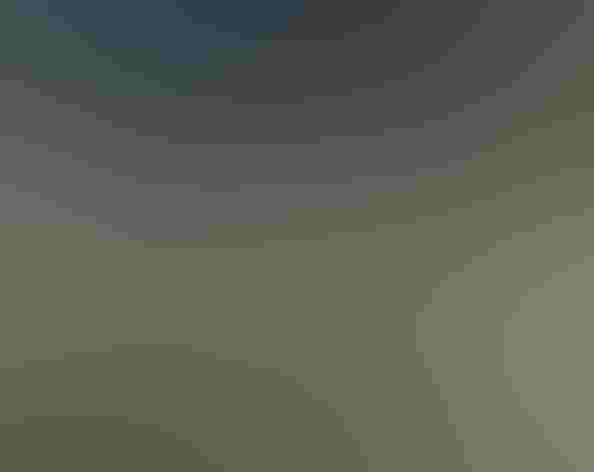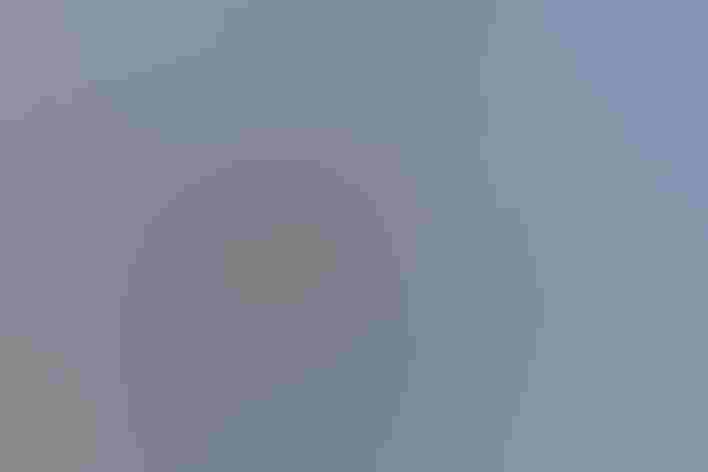Curve-billed Thrasher
At a Glance
Of the various thrashers in the southwestern deserts, the Curve-bill is the most familiar and most often seen. It makes itself more conspicuous than the rest, dashing about in the open, calling a loud whit-wheet! from the tops of mesquites. This thrasher readily moves into suburbs and cities in the Southwest as long as some native vegetation is planted there -- especially cholla cactus, its top choice for nest sites.
All bird guide text and rangemaps adapted from by Kenn Kaufman© 1996, used by permission of Houghton Mifflin Harcourt Publishing Company. All rights reserved.
Category
Mockingbirds and Thrashers, Perching Birds
IUCN Status
Least Concern
Habitat
Arroyos and Canyons, Desert and Arid Habitats, Shrublands, Savannas, and Thickets, Urban and Suburban Habitats
Region
California, Plains, Rocky Mountains, Southwest, Texas
Behavior
Flitter, Running
Population
3.100.000
Range & Identification
Migration & Range Maps
Permanent resident. Rarely wanders out of range, mainly in fall and winter.
Description
9 1/2 -11 1/2" (24-29 cm). Mostly dull gray-brown. Moderately curved black bill; yellow-orange eyes. In east part of range (Texas), tends to have more obvious chest spots. Juvenile has shorter bill, sharper spots on upper chest.
Size
About the size of a Crow, About the size of a Robin
Color
Black, Brown, Gray, Tan, White
Wing Shape
Broad
Tail Shape
Long, Rounded, Wedge-shaped
Songs and Calls
Song a rapid series of musical notes and phrases; call a sharp, whistled whit-wheet!
Call Pattern
Falling, Rising
Call Type
Chirp/Chip, Whistle
Habitat
Deserts, arid brush. Lives in Sonoran desert (with its varied vegetation) or in dry brushy country, mainly in lowlands. Avoids extreme desert situations with sparse plant life. Often in suburban neighborhoods, especially where cholla cactus grows. In southern Texas, lives in chaparral with prickly-pear cactus. Sometimes on open grassland around stands of cholla.
Sign up for ³Ô¹ÏºÚÁÏ's newsletter to learn more about birds like the Curve-billed Thrasher
Behavior
Eggs
3, sometimes 2-4. Pale blue-green with tiny brown dots. Incubation is by both parents during the day, apparently only by female at night; incubation period 12-15 days.
Young
Both parents feed young. If nest is in situation exposed to sun, female may spend much time shading the nestlings. Young leave nest about 14-18 days after hatching. 2 broods per year, sometimes 3.
Feeding Behavior
Forages mostly on the ground, using its heavy curved bill to dig in the soil, to flip leaf-litter aside, and to turn over small rocks and other items. When digging in hard dirt, braces its tail against the ground and pounds straight downward with heavy blows of bill.
Diet
Mostly insects and berries. Feeds on a wide variety of insects and their larvae, including beetles, ants, grasshoppers, wasps, and many others; also spiders, centipedes, snails, and sowbugs. Also eats many berries, and feeds heavily on the fruits and seeds of cactus, including those of prickly-pear and saguaro.
Nesting
Pair may remain together all year on permanent territory. Especially in spring, male defends territory by singing. In courtship, male may follow female, giving a soft song. Nest: Most commonly placed in fork of cholla cactus, 3-5' above the ground. Sometimes in yucca, prickly-pear, or thorny shrub, or on top of mistletoe clump in shrub or low tree. May build on top of old Cactus Wren nest. May sometimes reuse same nest sites. Nest (probably built by both sexes) is bulky, loose cup of thorny twigs, lined with fine grasses, rootlets, feathers, animal hair.
Conservation
Conservation Status
Surveys suggest slight declines in Texas in recent decades. Farther west, still abundant.
Climate Threats Facing the Curve-billed Thrasher
Choose a temperature scenario below to see which threats will affect this species as warming increases. The same climate change-driven threats that put birds at risk will affect other wildlife and people, too.







